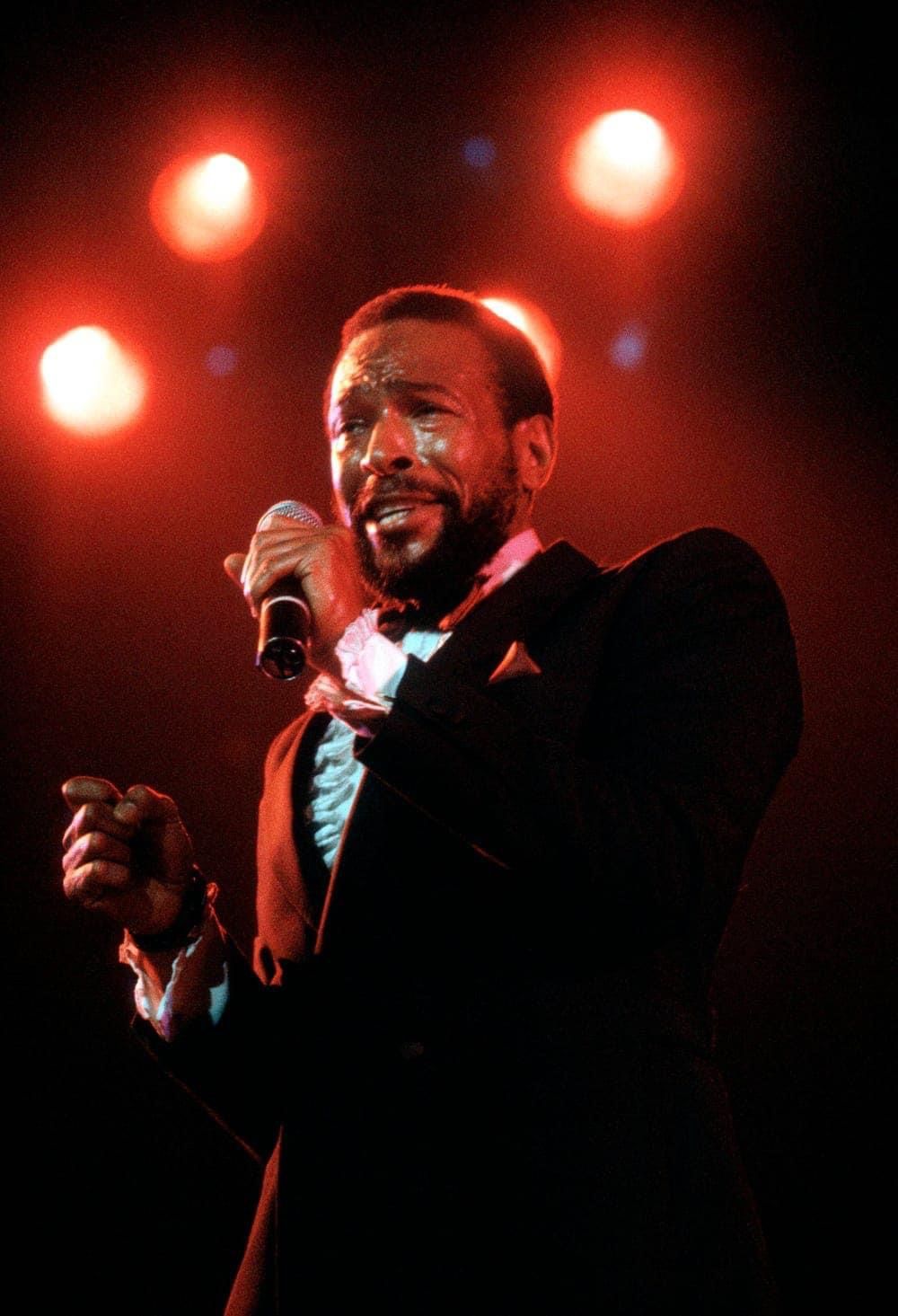In an era of profound turmoil, when the very fabric of society seemed to be tearing apart, one man dared to ask a question that would echo through the decades. Marvin Gaye, Motown’s prince of soul, released a song in 1971 that was more than music; it was a desperate plea, a sonic rebellion that nearly never saw the light of day. “What’s Going On” wasn’t just a hit; it was a bombshell that shattered the conventions of pop music and exposed a raw, bleeding nerve in the American consciousness.
The story begins not in a pristine recording studio, but on the chaotic streets of Berkeley, California, in 1969. Renaldo “Obie” Benson of the Four Tops witnessed a brutal clash between police and anti-war demonstrators. Deeply shaken by the violence and the hatred he saw, an idea for a song began to form. He brought this raw concept to his friend, Marvin Gaye, who was himself in a dark place, mourning the tragic death of his singing partner Tammi Terrell and growing disillusioned with the polished love songs that had made him famous. “I saw what was happening, the police brutality, the kids with bloody hair,” Benson would later recall of the incident. “I said, ‘My God, what is going on here?'”
Gaye, feeling a profound connection to the social unrest, the Vietnam War, and the poverty plaguing the nation’s cities, saw the song as his true calling. He poured his pain and his hope into the track, but his vision clashed violently with the Motown machine. Berry Gordy, the label’s founder, was horrified. He called the song “the worst thing I ever heard in my life,” fearing a political track would destroy Gaye’s career and alienate his massive fanbase. But Gaye stood his ground. In an unprecedented act of defiance, he refused to record any other music. It was a standoff that could have ended his career.
Finally, Gordy relented, and “What’s Going On” was released. The public’s response was immediate and overwhelming. The song was a musical masterpiece, a seamless, conversational flow of jazzy licks and soulful, layered vocals. It opens with the sounds of a city street, drawing the listener into the world of the song before Gaye’s voice, both gentle and urgent, delivers its heartbreaking message: “Mother, mother / There’s too many of you crying / Brother, brother, brother / There’s far too many of you dying.” It wasn’t an angry shout, but a soulful prayer for peace and understanding in a world gone mad.
More than five decades later, Gaye’s question hangs in the air with as much relevance as ever. The song’s themes of racial injustice, environmental decay, and the desperate need for compassion continue to resonate in a world still grappling with the same demons. It is a timeless masterpiece that serves as a powerful reminder of one man’s courage to speak truth to power, transforming his pain into a universal call for peace that continues to challenge and inspire. His plea to “find a way / To bring some lovin’ here today” is not a relic of the past, but an urgent message for our time.
